On May 16, 2025, two Americans were celebrated at the Global Search & Rescue Excellence Awards in London for their transformative contributions to Search and Rescue (SAR). Captain Kyle Nordfors of the Weber County Sheriff’s Office won the Unsung Hero Award for his drone innovations, while Dr. Robert Koester received the Most Influential Individual Award for his pioneering Lost Person Behavior research. Hosted by Fire Knowledge at One Great George Street, the event highlighted global responders saving lives in emergencies.
Drone Innovation Redefining SAR Operations
Captain Nordfors, the UAS pilot for Weber County SAR, has revolutionized SAR with Drone Technology. His expertise enabled the rapid location of climber Lucas, extending the individual’s life long enough for eleven organ recipients to benefit, according to a statement from Fire Magazine. Using drones with thermal imaging and high-resolution cameras, Nordfors transforms hours-long searches into minutes, covering vast areas—often several square miles—in rugged terrains with elevation changes exceeding 5,000 feet. As the MRA National UAS Chair, he standardizes drone operations and trains pilots globally, with Fire Magazine noting, “His tireless dedication to training SAR pilots… has undeniably saved numerous lives.”

Behavioral Research Enhancing SAR Strategies
Dr. Robert Koester, awarded the Most Influential Individual Award sponsored by Babcock, has shaped SAR operations through his groundbreaking Lost Person Behavior research. His work, including the widely respected ‘Lost Person Behavior’ book and a SAR commander app, provides critical insights into how missing individuals behave, enabling more effective search strategies. “Dr. Koester’s profound contributions have saved hundreds of lives,” Fire Magazine stated in their announcement. His pro bono consulting has empowered small agencies, complementing technologies like drones by ensuring SAR teams target the right areas efficiently.
Synergy of Technology and Research in SAR
The combined impact of Nordfors and Koester highlights a powerful synergy in SAR. Drones, under Nordfors’ leadership, excel in rapid area coverage, while Koester’s behavioral data ensures searches are strategically focused. For example, Koester’s app can predict a lost hiker’s likely path within a 2-mile radius, allowing drone operators to prioritize high-probability zones, reducing flight times—typically 30–45 minutes per battery—and increasing success rates. This integration is vital for drone professionals, as it underscores the need for UAS pilots to collaborate with behavioral experts to maximize efficiency.

Industry Trends and Future Implications
Nordfors’ drone advancements signal a growing reliance on UAS in SAR, with regulatory bodies like the FAA expanding beyond-visual-line-of-sight (BVLOS) approvals. This could drive demand for SAR-specific drones, potentially growing the market by millions of USD annually. However, challenges like high drone costs—often over $10,000 per unit—remain. Koester’s work emphasizes the need for data-driven SAR, encouraging drone operators to integrate behavioral tools into their workflows, which could reduce response times by up to 70% in some scenarios.
A Milestone for Drone Professionals and SAR
The awards for Nordfors and Koester, sponsored by Frequentis and Babcock respectively, showcase how drone technology and behavioral research together elevate SAR effectiveness. Their achievements inspire drone professionals to explore innovative integrations, ensuring faster, more precise life-saving missions worldwide.
You can read more stories about how drones are used for good on DroneXL.co
Photos courtesy of Kyle Nordfors
Discover more from DroneXL.co
Subscribe to get the latest posts sent to your email.

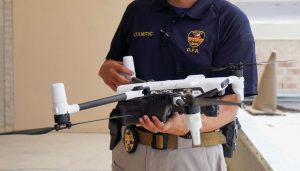
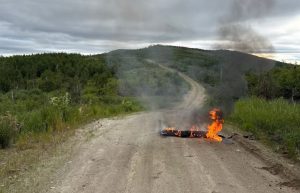

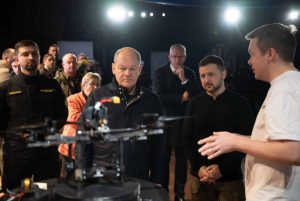

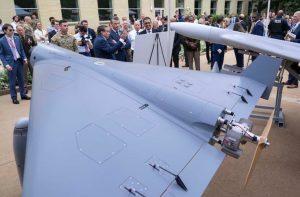
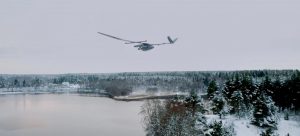

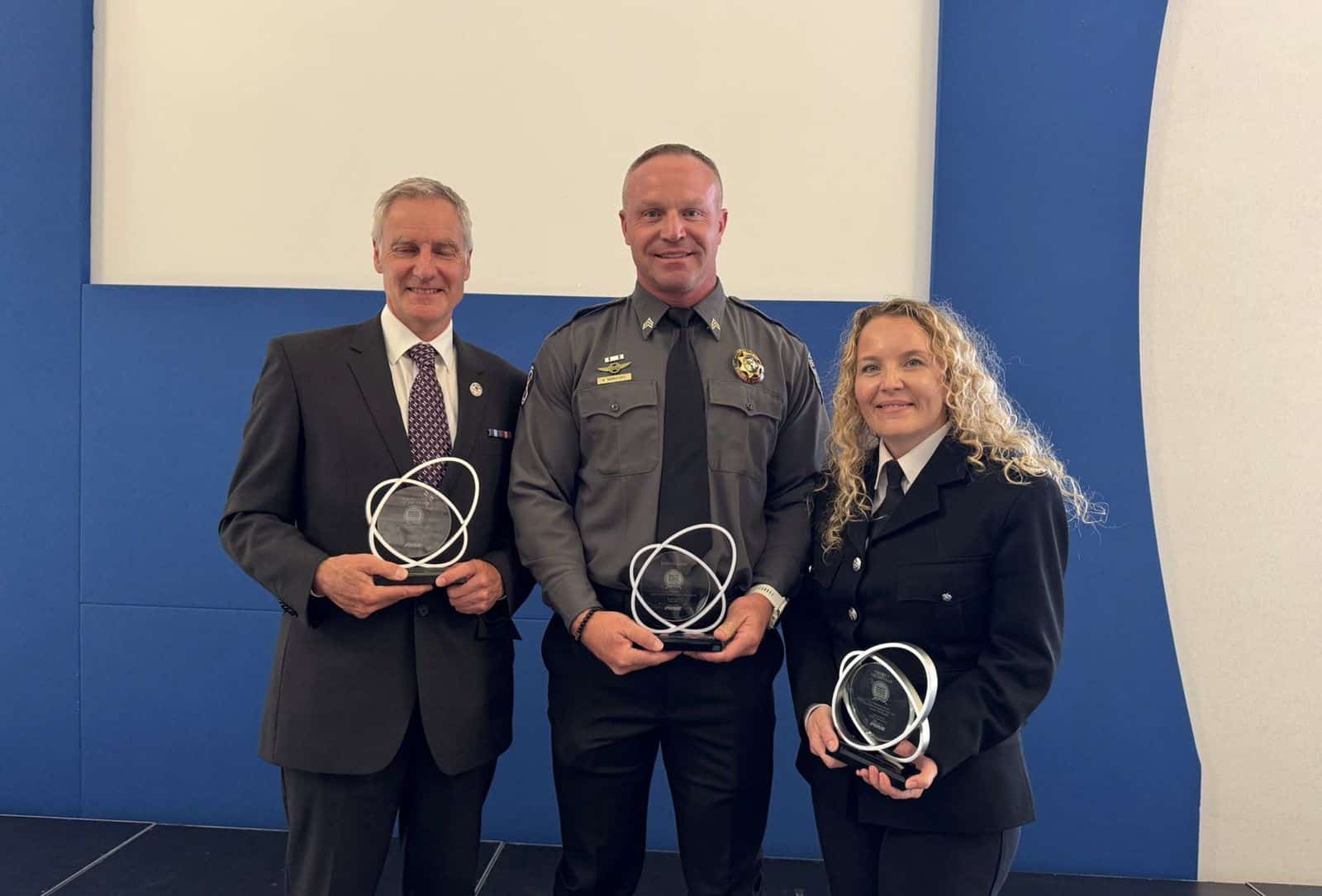
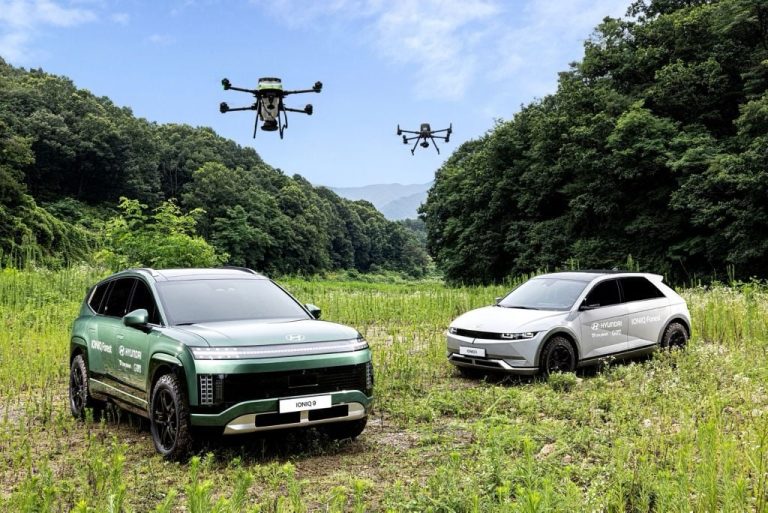
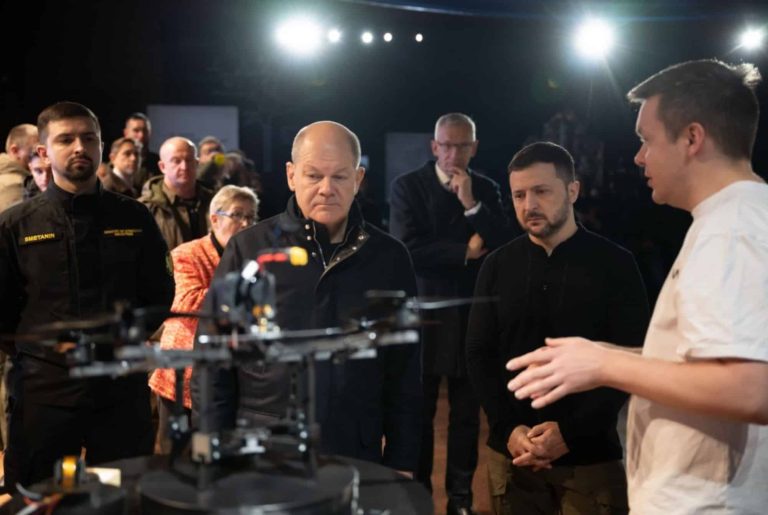
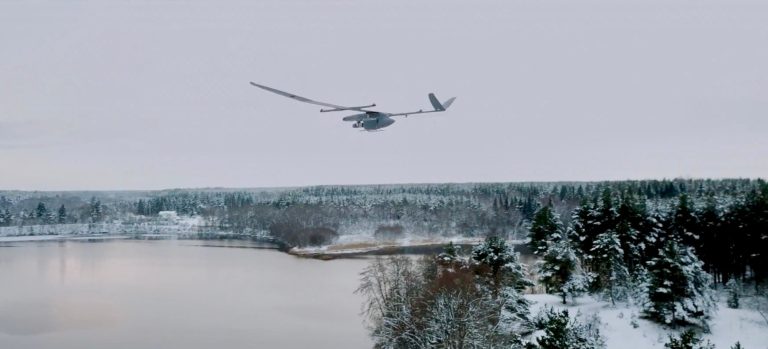
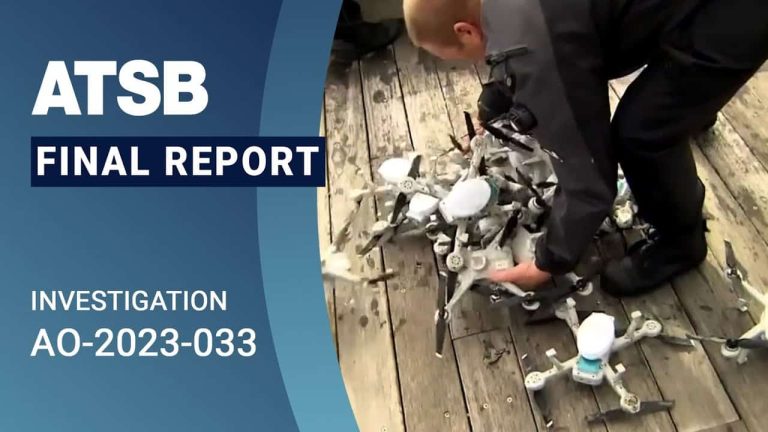

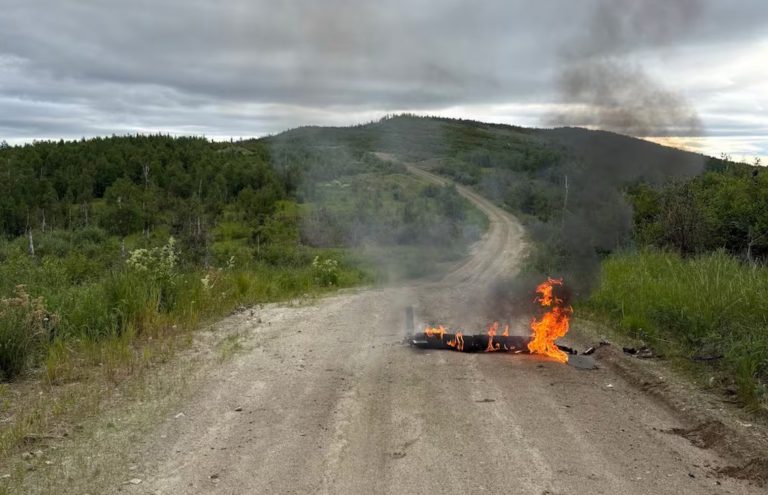
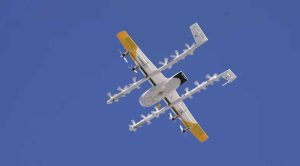

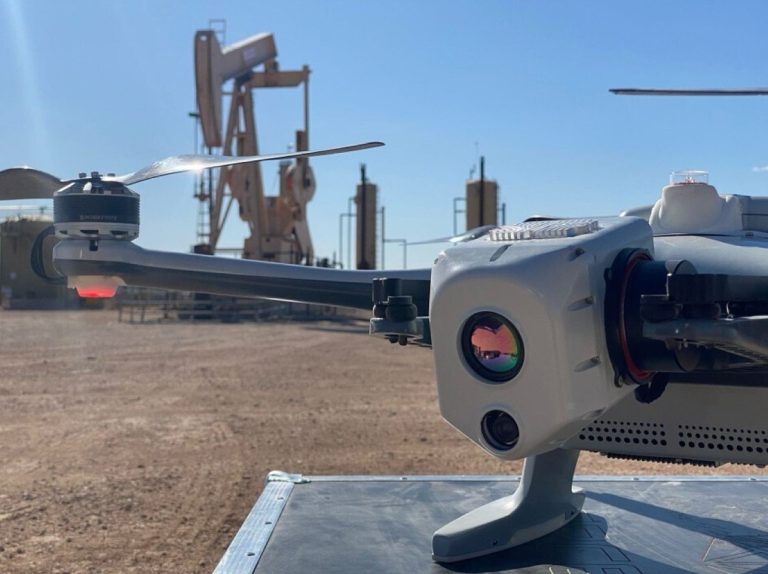

+ There are no comments
Add yours